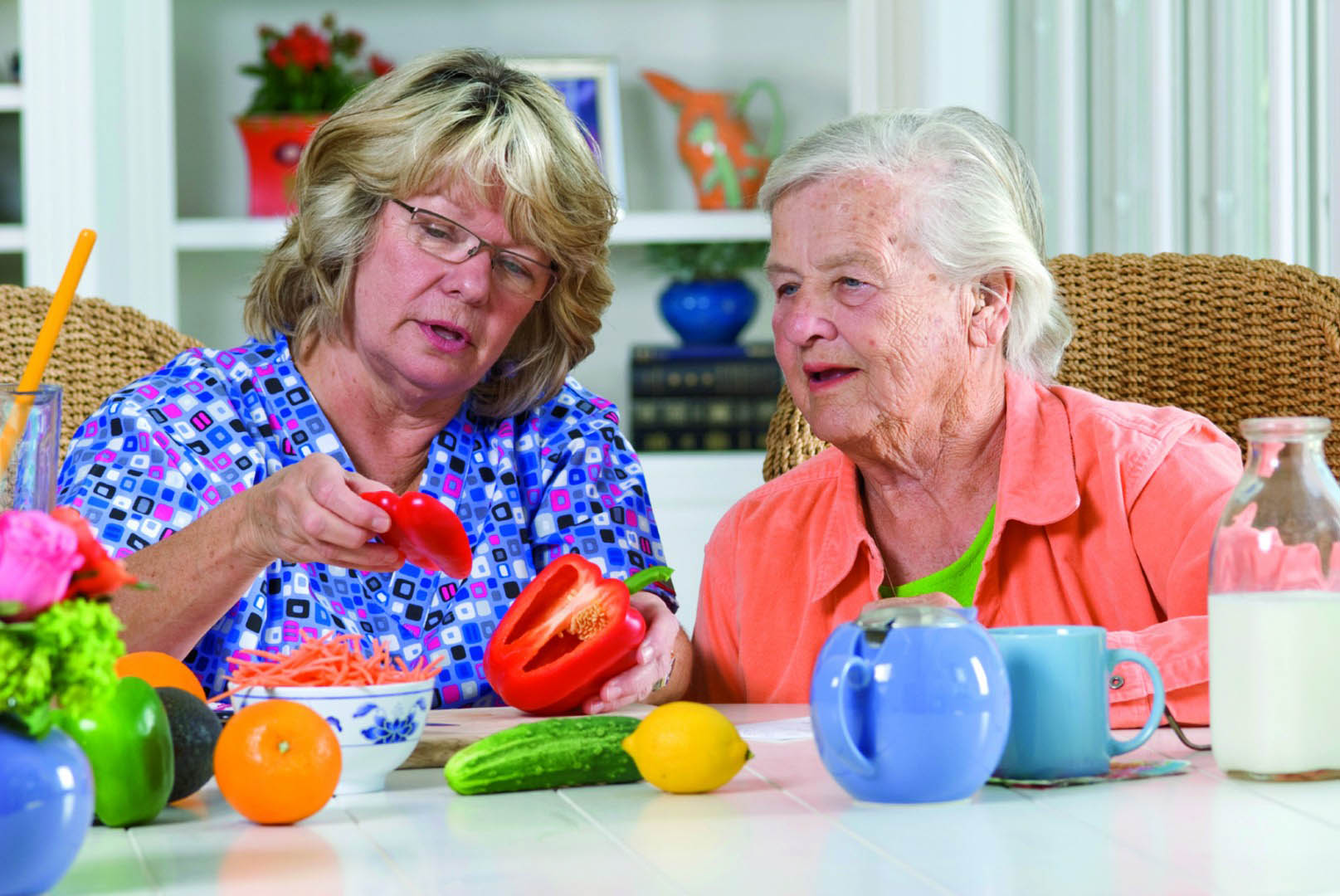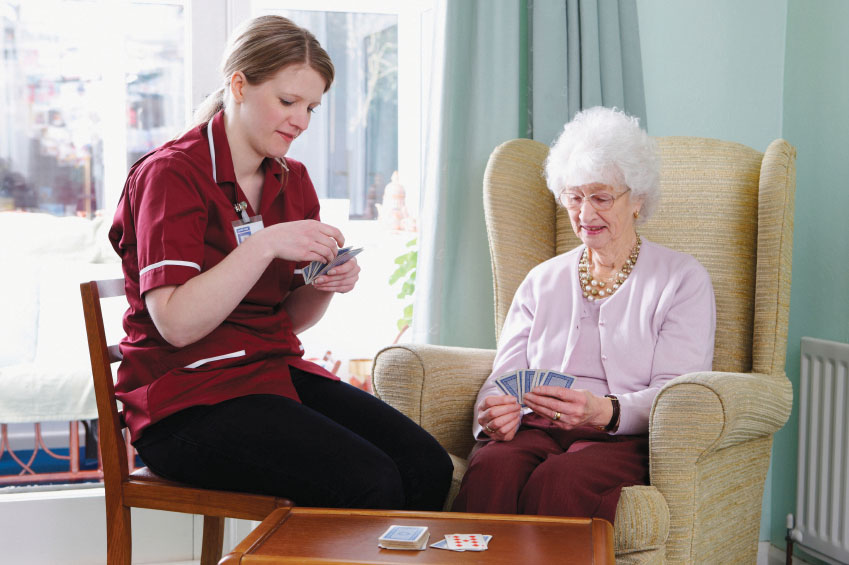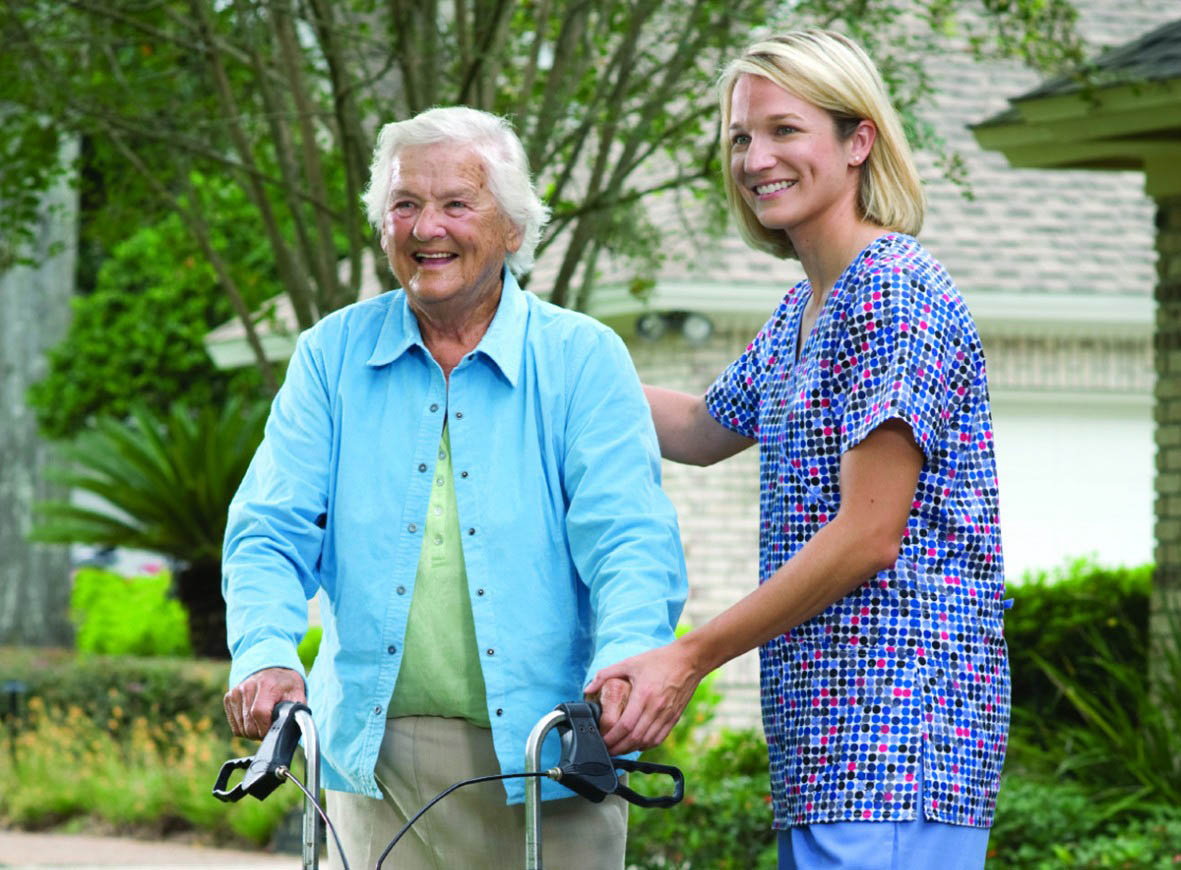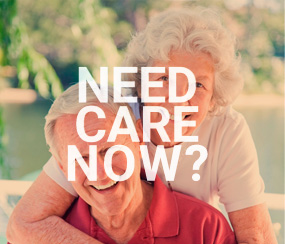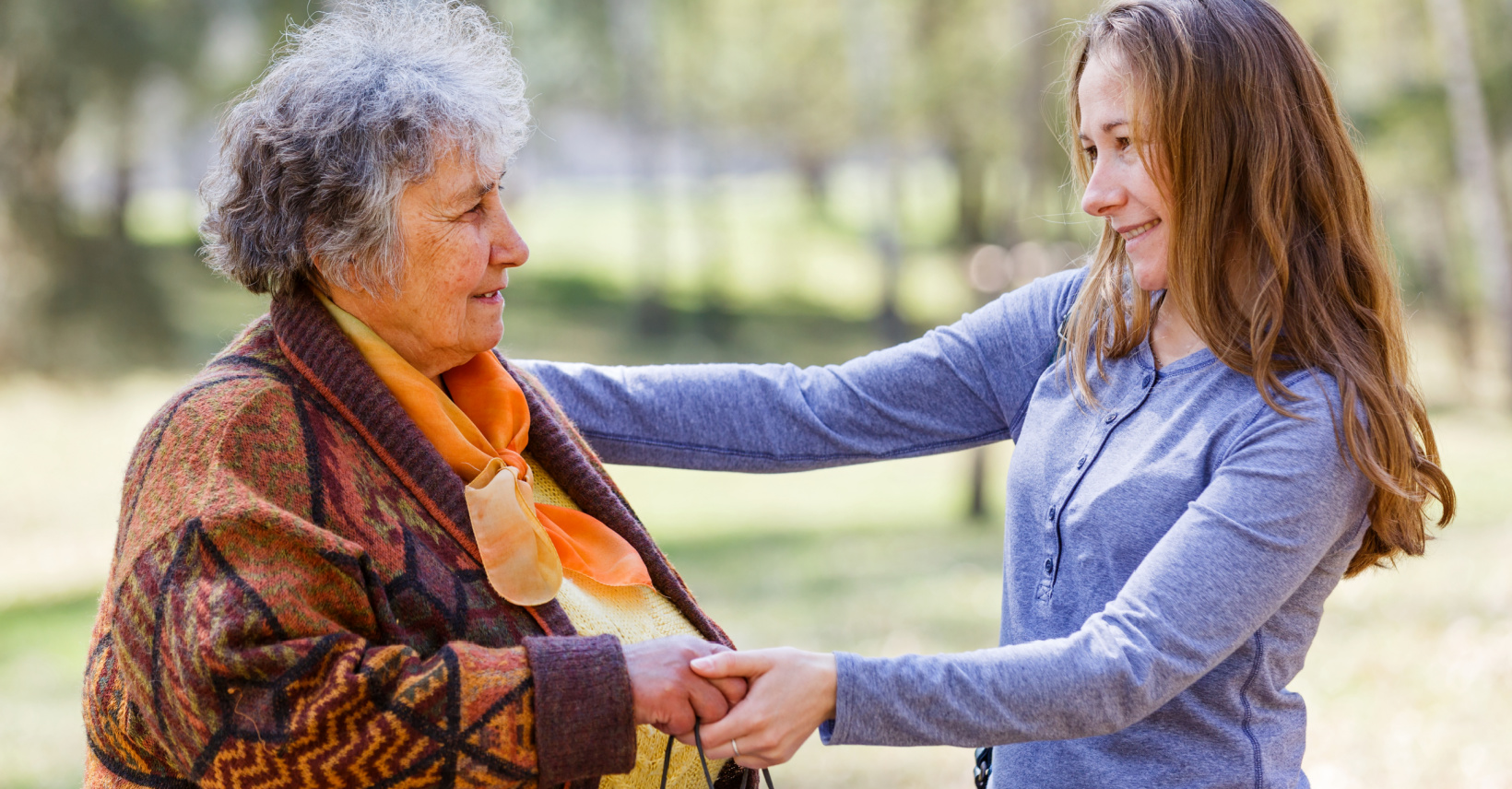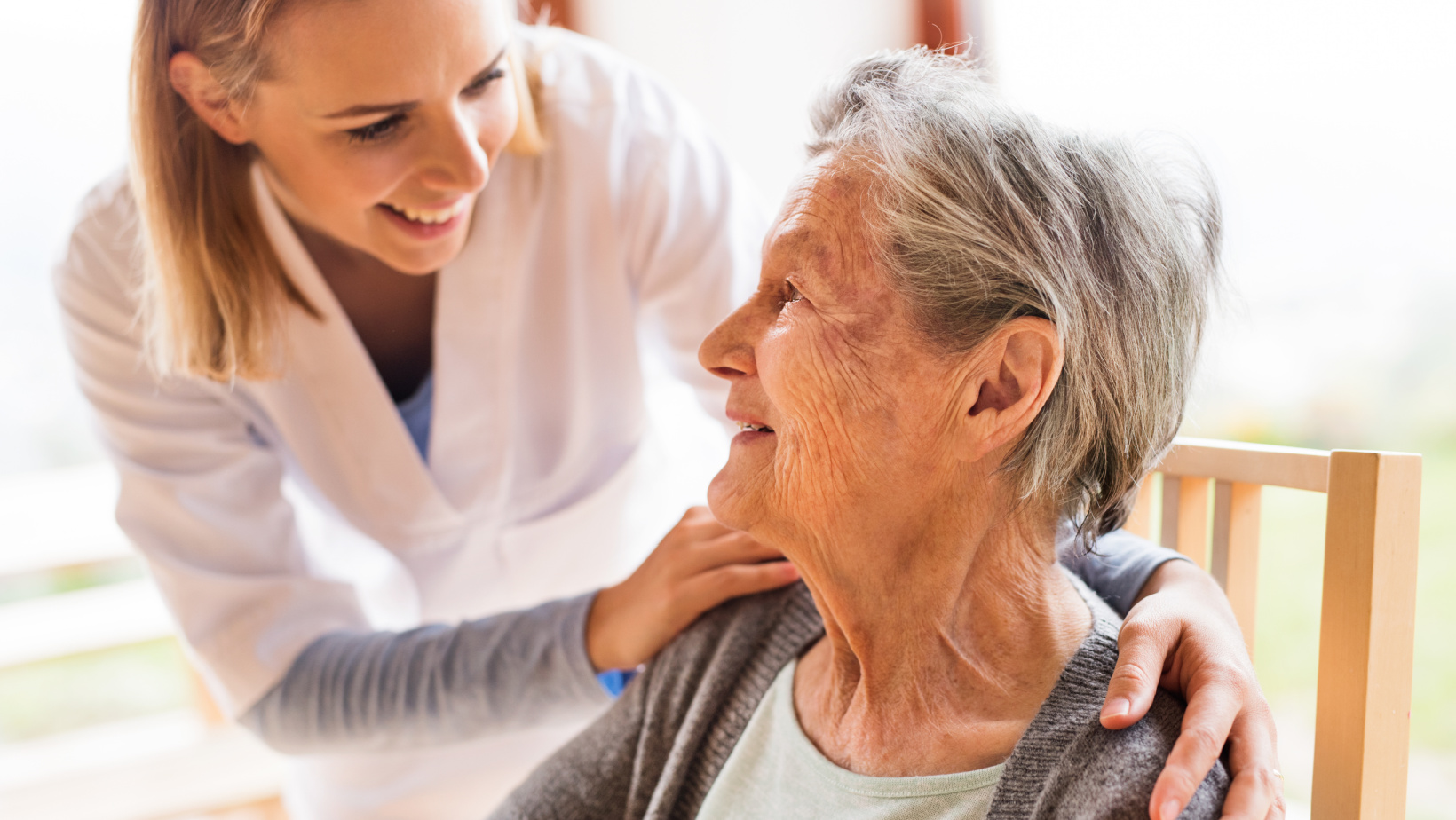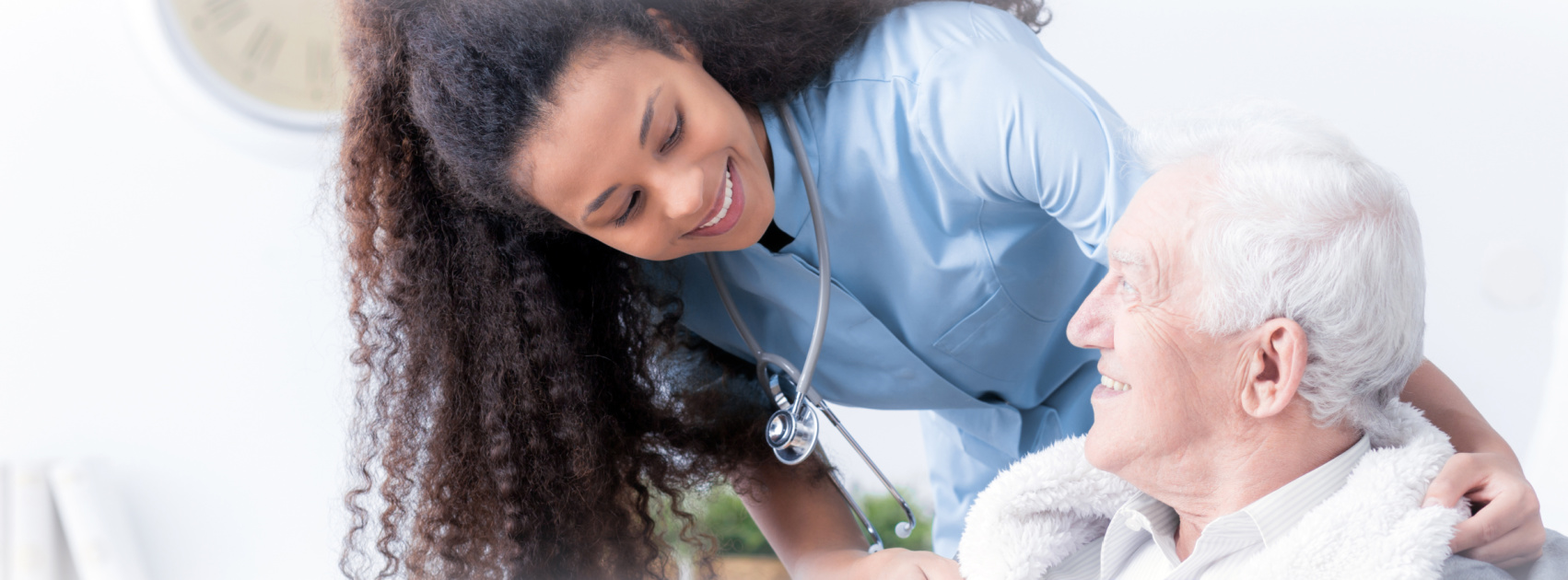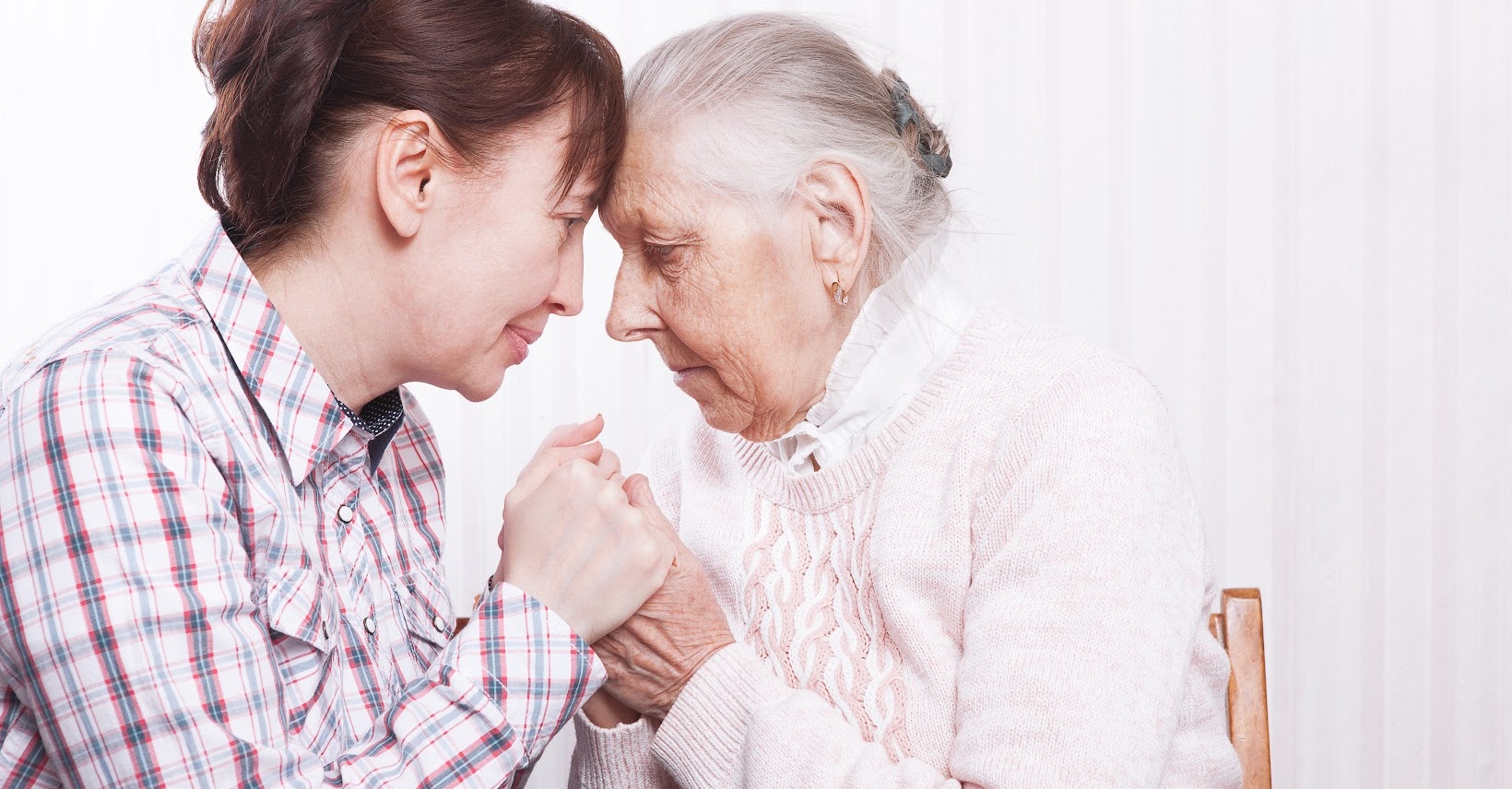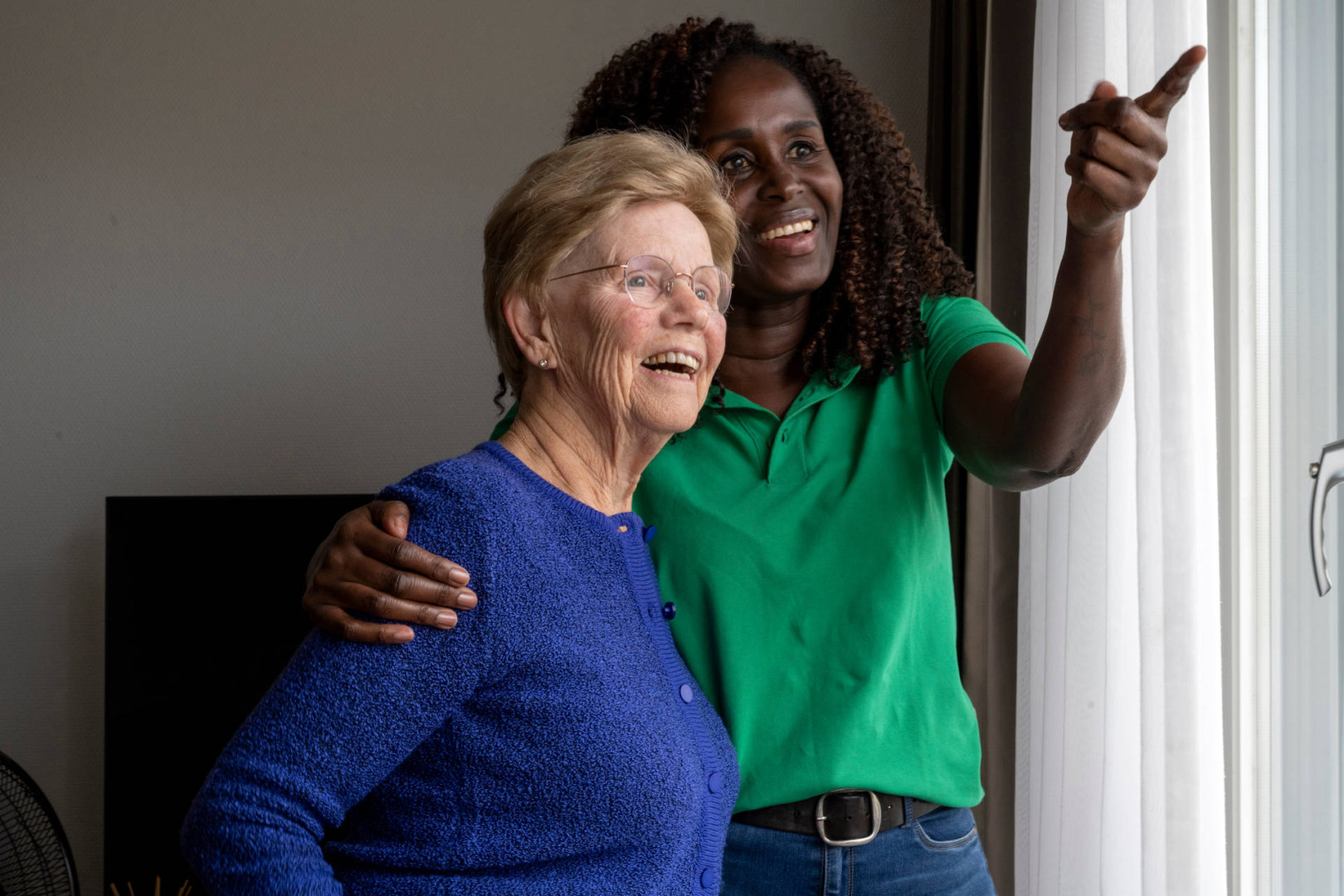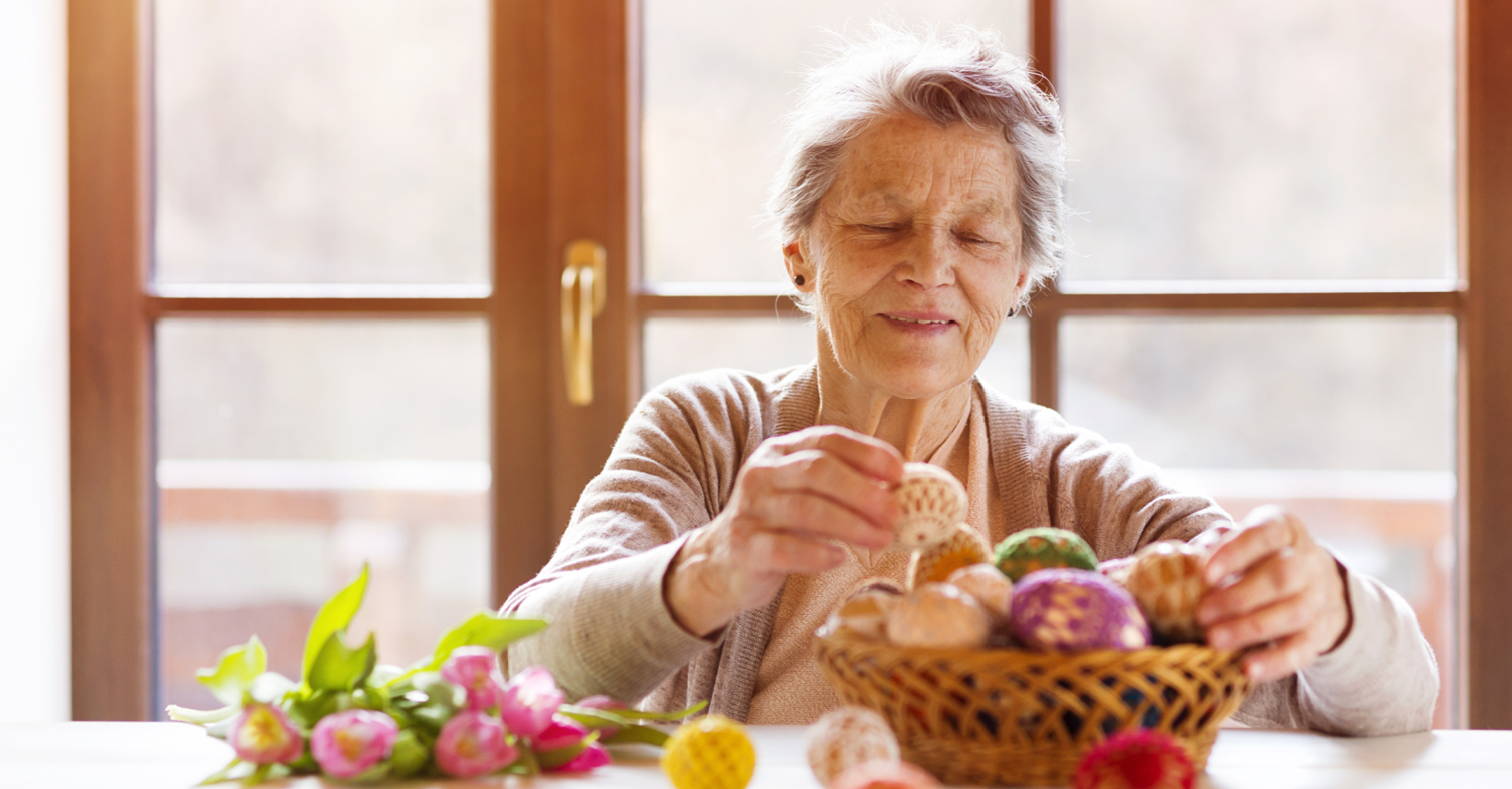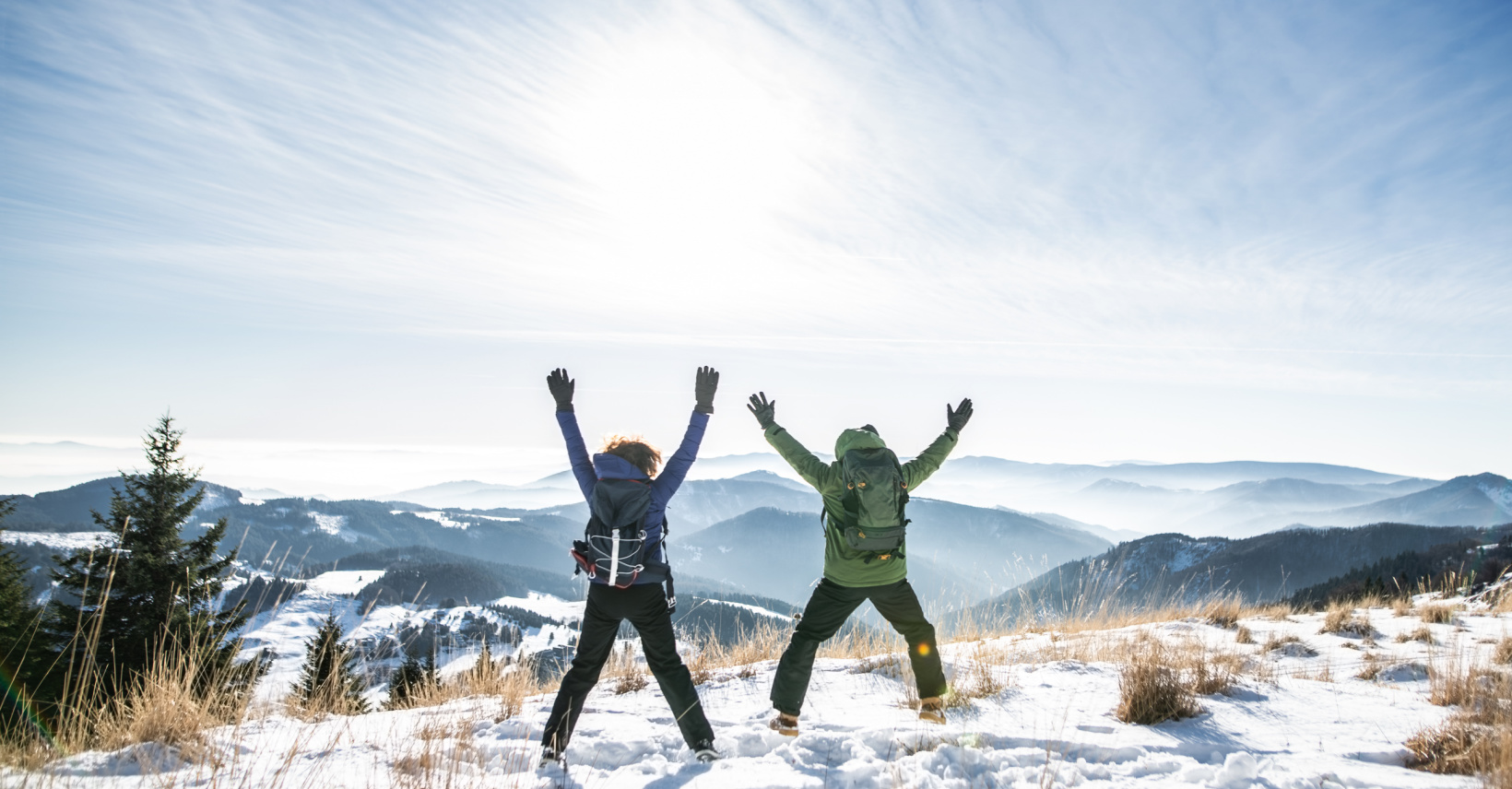Fall Prevention in seniors is the leading cause of hospital and nursing home admissions.
Here are the statistics:
The leading cause of injury for those over 65.
The sixth leading cause of death in persons over 65.
1/3 to 1/2 of persons over 65 are prone to falling with falls being more common in older females.
¼ of seniors over the age of 75 that experience a fall will not survive past 1 year.
1 in 3 Seniors will fall at least once in their lifetime
Canadians spend $3 Billion annually in direct/indirect costs related to falls.
Tips and Suggestions With MINIMAL Effort / Expense
Wearing of comfortable, supportive footwear and appropriate length of pant leg
Correction of slippery surfaces by using non-slip waxes on hard floors
Removal of throw rugs and use of non-slip mats in bath, shower and on other wet surfaces, such as entrances, laundry and kitchen sink areas;
Removal of obstructions and elimination of clutter; watch for pets;
Ensuring that electrical cords do not extend across floor;
Provision of adequate space to manoeuvre between pieces of furniture without turning side-ways;
Use of television remote control and cordless phone
Removal of caster wheels from furniture;
Removal/repair of furniture that is rickety or unstable when leaned on;
Adequate lighting in association with non-glare paints and surfaces; use of nightlights in the bedroom and corridor;
Elevation of chairs and bed so as to reduce requirement for (leg/quads) strength on getting in and out of sitting position;
Regular check of mobility devices such as walkers, crutches and canes to ensure that tips are not worn and that the device is of proper height.
Tips and Suggestions with MODERATE Effort / Expense
Additional electrical outlets to prevent stretching of extension cords across travelled areas;
Placement of light switches to allow easy access;
Use of a change in colour to denote change in surface type or level (e.g. flights of stairs);
Installation of electronic emergency response systems, such as a MEDICAL ALARM
Use of seating in bathtub and/or shower;
Use of bedroom commodes;
Use of walking aids, such as canes, quad canes or walkers
Tips and Suggestions with LARGER Effort / Expense
Ensure adequate supervision by caregiver/family member;
Provision of additional assistance/observation when ill and for climatic conditions such as rain, ice, and wind;
Provision of bathroom and laundry room facilities on same level as bedroom, living room and kitchen;
Modification of stairs with a low travel height (gradient) and longer depth (e.g. 5" high, 14" depth step)'
Installation of handrails that can be gripped easily and are easy to see, i.e. at comfortable height and diameter in hall ways, stairs and bathroom;
Installation in washrooms of grab bars that are designed to withstand the weight of the individual.

